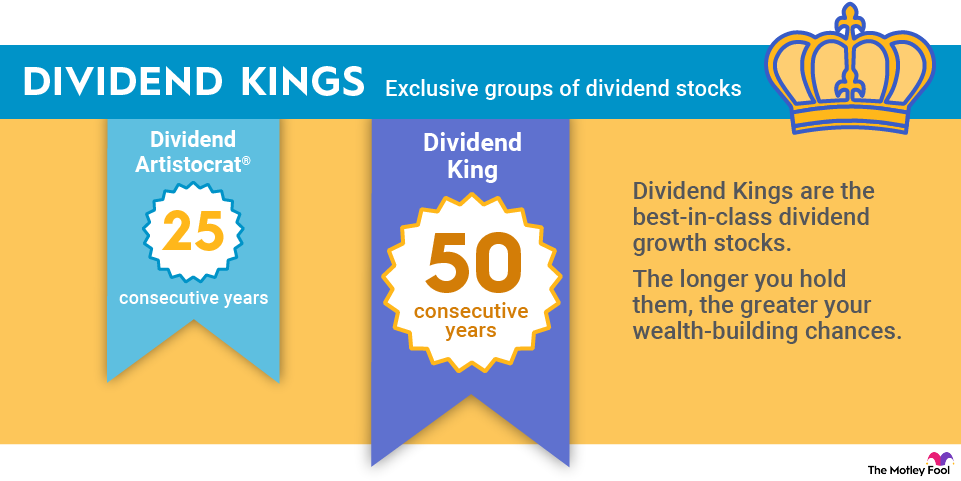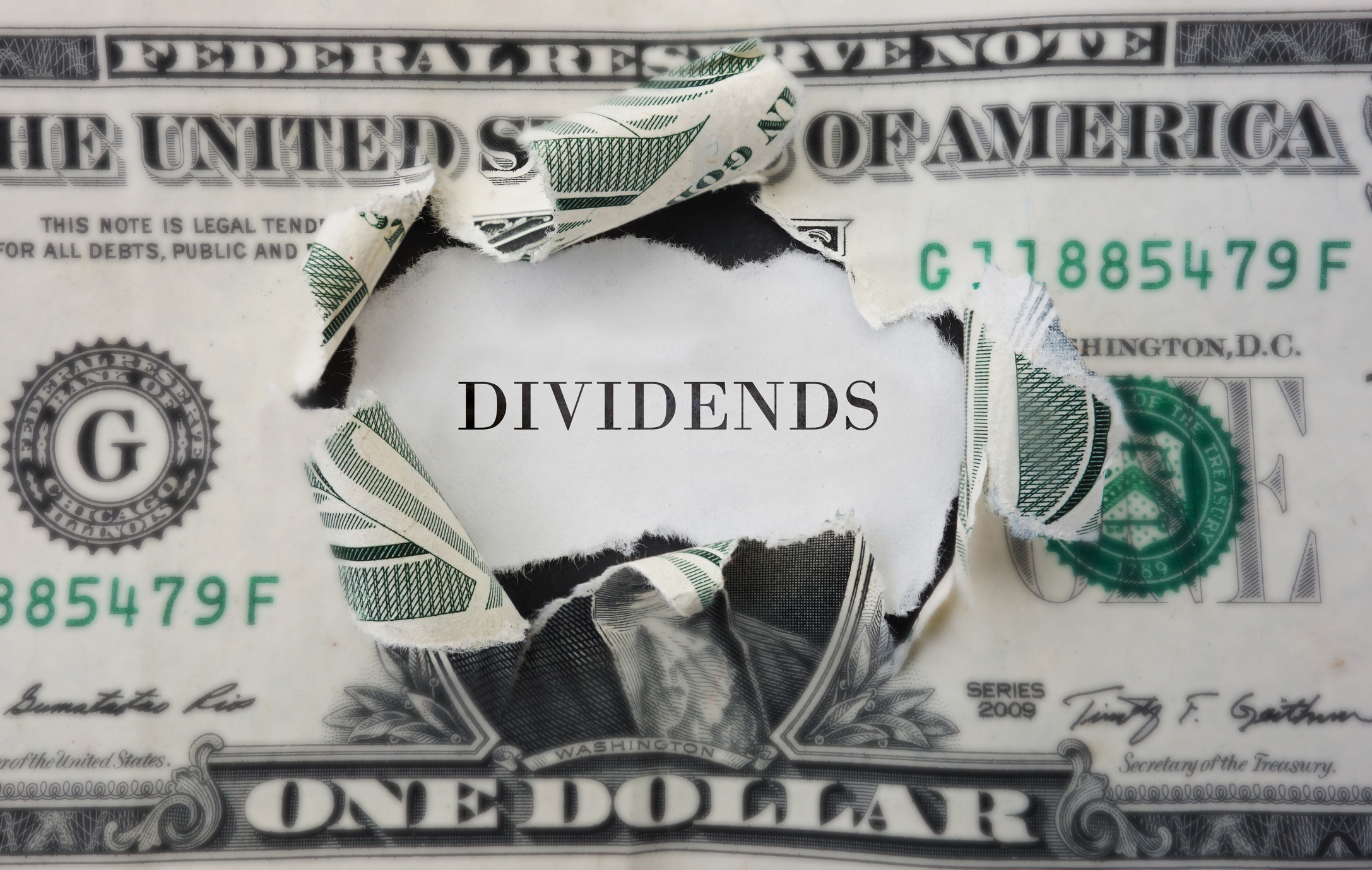Monthly dividend stocks offer investors the opportunity to generate recurring passive income while aligning that income's timing with real-world expenses. This can be particularly useful for people who are counting on dividends for income today.
With monthly dividend payments in mind, here's a closer look at the top monthly high-yield dividend stocks for 2025. The combination makes these stocks great for earning passive income.

Top monthly dividend stocks for 2025
Dozens of dividend stocks pay monthly dividends in 2025. However, not all of them are worth an investor's consideration. Some don't make the cut due to a below-average dividend yield or slow dividend growth. Others are at a higher risk of reducing their dividends if market conditions deteriorate. That narrows the options considerably.
Here's a list of the best monthly dividend stocks to consider in 2025.
Let's take a closer look at each of these top monthly dividend stocks. Each offers a much higher dividend yield than the average stock in the S&P 500 (1.25% as of Sept. 11, 2025).
1. EPR Properties

NYSE: EPR
Key Data Points
2. Agree Realty

NYSE: ADC
Key Data Points

NYSE: LTC
Key Data Points
5. Realty Income

NYSE: O
Key Data Points
When it comes to monthly dividend stocks, Realty Income (O -0.38%) is the clear leader. It bills itself as The Monthly Dividend Company, having paid 664 consecutive monthly dividends as of Oct. 2024. Since its initial public offering (IPO) in 1994, Realty Income has increased its dividend 132 times while raising the payout at a 4.3% compound annual rate, giving this REIT more than 30 years of dividend increases.
Realty Income has lots of room to grow despite most of its tenants being relatively slower-growth businesses. The company estimates the global market opportunity for the single-tenant net lease real estate it targets to be $13.9 trillion. That's a big opportunity to continue consolidating its tenants' properties under its ownership, growing the payout, and generally rewarding patient investors monthly, year in and year out.
6. SL Green

NYSE: SLG
Key Data Points
SL Green (SLG +0.21%) is another REIT and the largest office landlord in New York City. For years, owning Manhattan office buildings -- some of the most highly demanded, irreplaceable real estate assets on Earth -- was a huge strength.
But the COVID-19 pandemic and the acceleration in changes to how and where people work continue to weigh on the office REIT. SL Green's management is adapting to the new reality by selling its least desirable and non-core assets and focusing on tenanting its vacant properties at competitive, profitable rates.
This includes a number of transactions in 2025 that enhance the cash flows and debt profile of its retail real estate in the heart of Times Square. While office and some physical retail continue to feel pressure, destination properties like those in Times Square are irreplaceable and should remain valuable for decades to come.
The bad news on the dividend also turned positive over the past year, with the company shifting from having to cut the dividend to raising it by 3% in December 2024. That's a modest increase, but a step in the right direction. While the office environment remains a bit fluid, the worst is likely over for SL Green.
7. STAG Industrial

NYSE: STAG
Key Data Points
STAG Industrial (NYSE:STAG), another REIT, focuses on owning industrial real estate, such as warehouses and light industrial facilities, which are in high demand. The pandemic accelerated e-commerce adoption and increased manufacturing in the U.S. to combat supply chain issues. That has kept occupancy levels high while pushing up rental rates, enabling STAG to generate steadily rising rental income.
STAG has boosted its dividend over the years, with growth driven largely by the REIT's ability to consistently expand its portfolio. Since its IPO over a decade ago, STAG has added more than 400 properties to its portfolio and now owns more than 590 buildings.
This industrial REIT expects the steady expansion to continue. It has acquired $682 million of new buildings in 2025, adding 5.9 million square feet of space under lease for an average of six years.
Add that to the growing rental income from its existing properties, and STAG should be able to continue increasing its monthly dividend, so long as you're not expecting big raises. Its most recent increase was less than 1%, and since the beginning of 2020, the payout has only risen 3.5%.
Pros and cons of investing in monthly dividend stocks
Some reasons why investors might choose monthly dividend stocks:
- Monthly dividend checks may be preferable if you're using dividends for income now.
- Monthly payers are often extremely dependable dividend stocks.
- Monthly dividend stocks are often REITs, which often also pay higher yields.
Monthly dividend stocks aren't perfect. Here are some potential cons:
- Monthly dividend payers are usually REITs, which usually means higher taxes paid on your dividends versus qualified dividends from regular corporations.
- Monthly dividend stocks, like all companies, don't always grow or even maintain their dividends; there are some examples described in this article of monthly dividend stocks that have had to lower their dividends in the past.
How to invest in monthly dividend stocks
- Open your brokerage account: Log in to your brokerage account where you handle your investments.
- Search for the stock: Enter the ticker or company name into the search bar to bring up the stock's trading page.
- Decide how many shares to buy: Consider your investment goals and how much of your portfolio you want to allocate to this stock.
- Select order type: Choose between a market order to buy at the current price or a limit order to specify the maximum price you're willing to pay.
- Submit your order: Confirm the details and submit your buy order.
- Review your purchase: Check your portfolio to ensure your order was filled as expected and adjust your investment strategy accordingly.
Related investing topics
Invest in monthly dividend stocks for recurring income
Monthly dividend stocks make it easy for investors to earn passive income. They can use that money to cover their monthly expenses or reinvest their dividends and set themselves up to generate even more recurring cash flow in the future when they need it.
While dozens of companies pay monthly dividends, these monthly dividend stocks stand out as either safer, more stable dividend stocks or, in a few cases, riskier -- but potentially more rewarding -- investments in their potential to turn things around.







